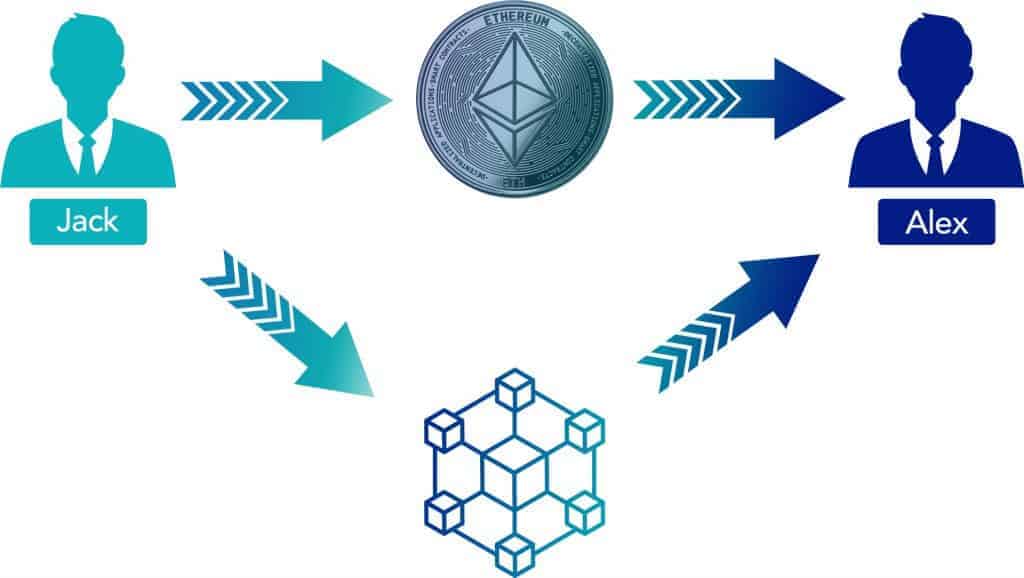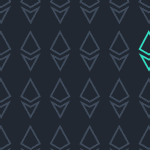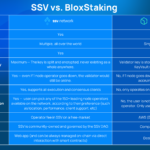The Beacon Chain in Phase 0 kicks off the multi-year plan for the upcoming upgrade to Ethereum. Eth2, an entirely new blockchain is being based on Proof of Stake (PoS) consensus supported by a network of validators. Although not the first implementation of PoS, Eth2 will certainly be the most well known and advanced version of the mechanism, as the world’s programmable blockchain transitions to consensus with a superior approach for scaling and securing the network.
Before we dive too deep into PoS, let’s first refresh our memory of the consensus mechanism used in Ethereum 1 and many blockchains today, Proof of Work.
What is the difference between Proof of Work and Proof of Stake
What is Proof of Work (PoW)?
- Used as the primary consensus and governance for popular blockchains like, Bitcoin, Ethereum and Ripple.
- A network of miners collectively competing to solve complex algorithmic equations for the rewards issuance.
- Miners confirm transactions and mint cryptocurrencies (BTC, ETH) and introduce them into circulation.
Let’s visualize how a transaction works on the Eth1 PoW based blockchain:

Jack sends Alex ETH by signing his private key to authorize a transaction. Jack’s activity is then broadcasted to the Ethereum 1.0 network for miners to verify and turn into a block.

Miners will receive Jack’s transaction and will verify its validity before adding the first block that contains it to the chain. For their effort, they receive a reward, and Alex receives the crypto sent by Jack.
While this model has worked for almost a decade, it is not without its challenges.
Proof of Work Challenges
PoW ChallengesMost notably, because miners must compete against each other in PoW, and as more blocks are added to the chain, and hence the difficulty of calculating the next increases, the speed and energy efficiency of these blockchains eventually plummet.
In addition, security can also be disrupted on a number of attack vectors including the infamous 51% attack – where one organization is in control of more than 51% of the blockchains hash power. While this attack method is very financially expensive, it can cause malicious activities that ultimately harms the health of the blockchain.
How is Proof of Stake better than Proof of Work
How is Proof of Stake Better?The development of Eth2’s PoS mechanism was driven by solving all of the challenges associated with todays PoW. It does so by enlisting the support of validators, not miners, to take turns proposing and attesting blocks. Validators are assigned by the blockchain in a pseudo-random fashion, which immediately lowers inefficiencies as the redundancy of competing for blocks is completely removed. Also, the validation process does not require energy wasting equipment and can be done simply by putting one’s ETH (multiples of 32) at stake and running a validator client from a laptop.
How Does PoS in Eth2 leverage Validators?
- In order for the chain to start (genesis) at least 16,000 validators, representing 524,000 ETH need to send their transactions to the deposit contract.
- Once activated, validators are called upon by the blockchain to attest and propose blocks.
- For every correct duty, validators are rewarded with ETH.
- For behaviors not in the best interst of the network, validators are punished with a reduction in staked ETH.
- Malicious validators that are caught, will be slashed and removed.
By putting 32 ETH “at stake” validators are granted permission to participate in network consensus – they are hence bonded actors with an incentive to perform their duties well and help secure the network. Proof of Stake is what enables this setup, and is the solution that Ethereum has chosen to scale. Not only does this implementation even the playing field for individuals to get involved, but it also provides the network with the security and speed that it needs to reach completely new heights.
Here are some other blog posts about Eth2 and how you can get involved.
Team Blox


